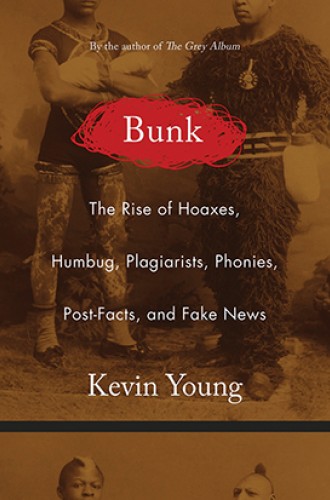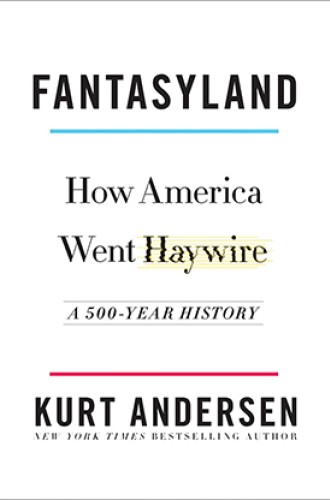American lies and why we believe them
Kevin Young and Kurt Andersen each argue that fake news is nothing new.
In January 2018, the Washington Post reported that President Trump had made 1,950 false or misleading claims during his first 348 days in office—an average of 5.6 per day. Trump’s penchant for fabrication pushes into new territory—well beyond the measure of lying that even the most cynical among us have come to expect of politicians.
The president’s disregard for facts is a key concern in two ambitious new books. Both Kevin Young and Kurt Andersen argue that Trump is the inevitable embodiment of Americans’ long-standing indulgence in wishful thinking.
According to Young, poetry editor at the New Yorker, this wishful thinking is often rooted in ideas about race and the other. Young, director of Harlem’s Schomburg Center for Research in Black Culture, exposes the ugly tenacity of our stereotypes, fears, and biases. Hoaxes require not only a huckster but some willing suckers, too.







